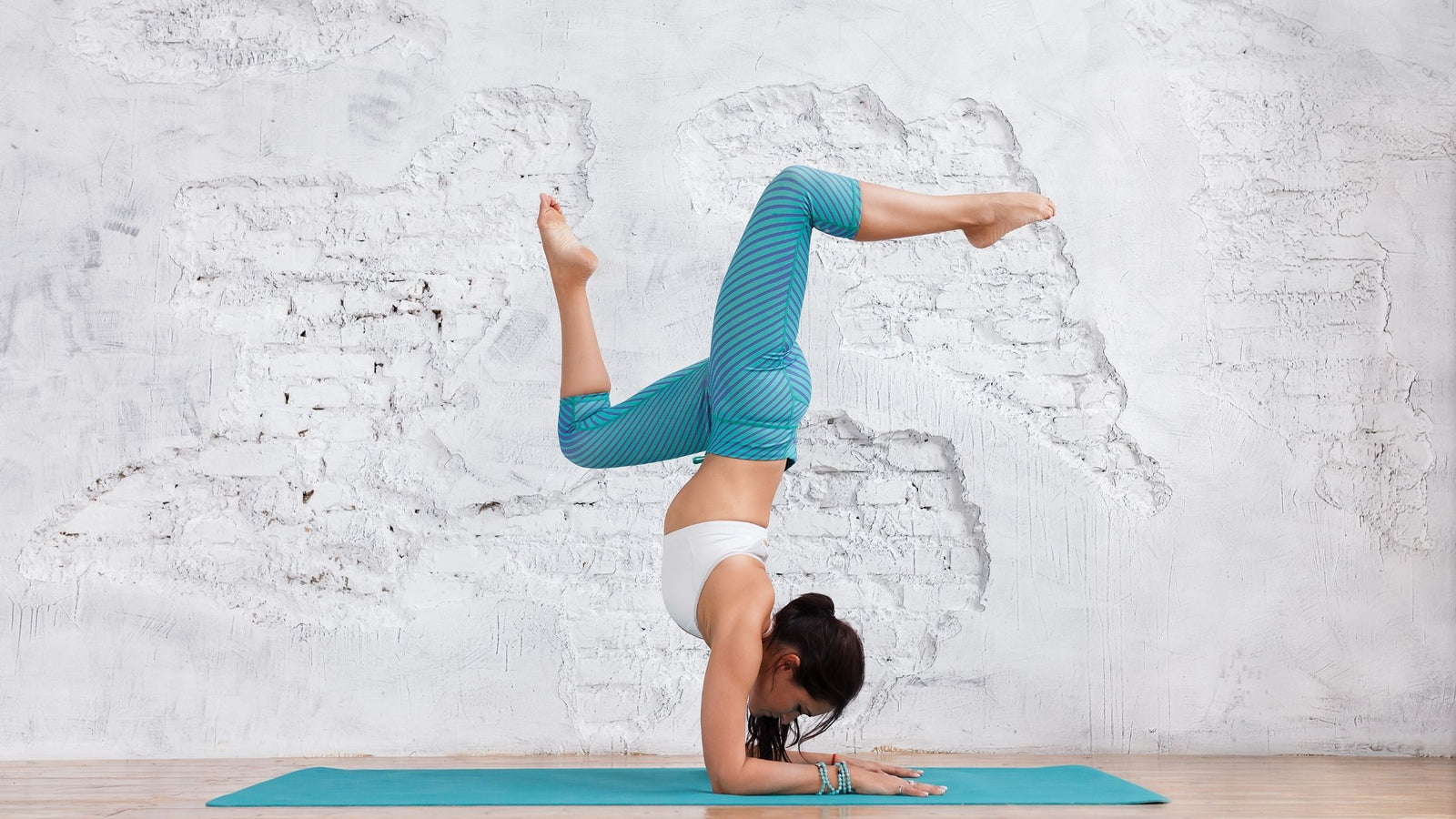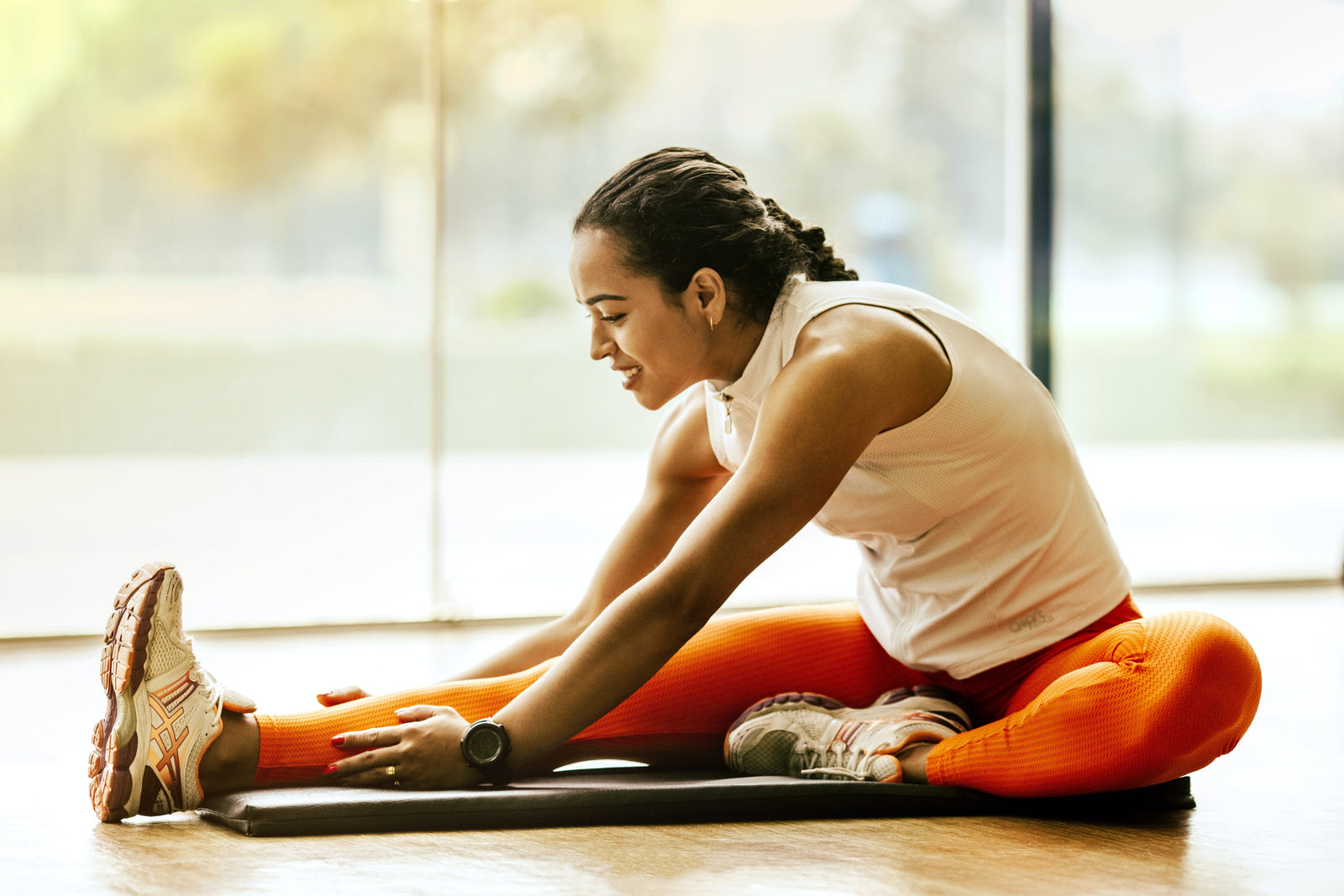Yoga has become a popular way to de-stress, stay in shape, and keep the body and mind in check. Better yet, almost anyone at any age or fitness level can do some sort of yoga.
In fact, around 36 million Americans practice yoga regularly, while 14 million people over the age of 50 do yoga often. Whether you’re young or old, experienced or a beginner, the way you breathe while doing yoga and completing different poses makes a difference.
Nasal breathing rather than mouth breathing can take your downward dog to the next level while also helping you to perform better with every session.

How Nose Breathing Boosts Performance in Yoga
Yoga helps to protect the body from injuries, increase flexibility, and boost mindfulness.
Nasal breathing is the body’s tool to help us get even more out of every pose. For example, nasal breathing helps us to further balance the energy centers in the body.
Benefits of Nose Breathing While Doing Yoga
Balance Energy Centers in the Body
Traditional yoga is centered around the breath. In fact, nasal breathing is thought to stimulate the energy center known as ajna-cakra, also known as the third eye, mind’s eye, or inner eye.
This energy center is located near the sinuses between the eyebrows and is believed to be the place where left (cooling) and right (heating) energy in the body meet. This energy has a direct effect on the body’s endocrine system, so nasal breathing is thought to balance this energy out.
Nasal breathing can also boost your endurance when practicing yoga.

Hold Poses Deeper, For Longer With Added Endurance
Nasal breathing has been proven to help athletes push harder, for longer, with less effort. The same applies to yoga.
When nasal breathing, you’ll be able to hold poses for longer with added endurance. This is because nasal breathing helps the body to operate like a fine-tuned machine rather than the “struggle mode” that mouth breathing pushes the body into.
Breath taken in from the nose is filtered and free from pathogens and germs, while air taken in from the mouth is unfiltered and unmoisturized.
@somnifix ##Mouthbreathing = drinking dirty water! ##nosebreathing ##YouShouldKnow ##driverslicense ##isthisavailable RP: @georgielawlor
♬ drivers license - Olivia Rodrigo
The nose gives you the added layer of protection you need to push harder and faster with more efficiency. On top of that, you’ll recover more quickly and prevent injuries by breathing through the nose.
Benefits of Nose Breathing During Rest
Faster Recovery Times and Injury Prevention
If you push too hard and try to force your body into a pose it isn’t ready for, your chances of injuring yourself or having a hard time bouncing back are pretty high.
By nasal breathing even during rest, you’ll help your body to prevent injuries and recover faster from each session so that you’ll be able to hold your goal poses quickly and safely.
This is largely thanks to the nitric oxide that our noses produce that helps our body bounce back from wear and tear and over-exertion.
Nitric oxide produced during nasal breathing can also help you reduce anxiety, even while at rest.

Reduce Anxiety
Your body’s natural stress response is to activate the sympathetic nervous system and put you in a “fight or flight” state. This is a stress response designed to help you fight or flee danger.
The problem is that mouth breathing activates this response even when no real or perceived threat is present. This leads to anxiety and distress in the mind and body.
Nasal breathing, on the other hand, slows the heart rate. By activating the diaphragm and producing nitric oxide, breathing through the nose activates the parasympathetic nervous system, which is known as our “rest and digest” response.
By breathing through the nose at all times, you’ll remain calmer, less anxious, and clear-headed so that you can take on whatever the day throws your way.
Try this nasal breathing exercise during your next yoga session to say namaste to all of the benefits that breathing through the nose has to offer.
Try This Nose Breathing Exercise During Yoga
Prāṇāyāma is known as the practice of a specific kind of yoga breathing that is centered around controlling the breath. This usually involves pacing the breath with movements between each pose.
It can also refer to a breathing exercise done on its own with no movement, usually before or after an asana.
The existence of prāṇāyāma dates back nearly 7,000 years ago to ancient India and the early inceptions of yoga. This ancient practice is believed to connect the body and mind.
The Sanskrit name comes from Prana, which translates to “life energy,” and Ayama, which means “to extend or draw out.” By breathing with mindfulness, any obstacles in our energy flow can be cleared.
Alternate nostril breathing, a form of prāṇāyāma, is commonly used in yoga to unblock energetic passageways in the body. This consists of alternating breath between the right and left nostrils as you breathe.
To try it, sit in a comfortable position and make a fist in front of your nose. Extend your ring finger and thumb while closing your right nostril with your thumb. Inhale through the left nostril. Close the left nostril with your ring finger and open the right nostril and exhale through it.
After that, inhale through the right nostril, place your thumb over it again, and close it. Open the left nostril and exhale. Complete this cycle between three and five times.
This will quiet your mind and body while placing you in a meditative state. It is also known to help with decongestion.
As you say “namaste” to proper yoga breathing, you may want to consider adding mouth tape to your session to take the guesswork out of the breathwork.
Take Your Yoga Performance to the Next Level with SomniFix
Staying focused and clear-headed is important when doing yoga. Mouth tape strips can help you focus on your breath and body without added stress.
All you have to do is place a SomniFix strip over your mouth before you begin your next session and you’ll nasal breathe through every pose without having to think twice.
You can continue wearing the strips during sleep to recover quickly and reduce stress and anxiety throughout the night. What’s not to love?





